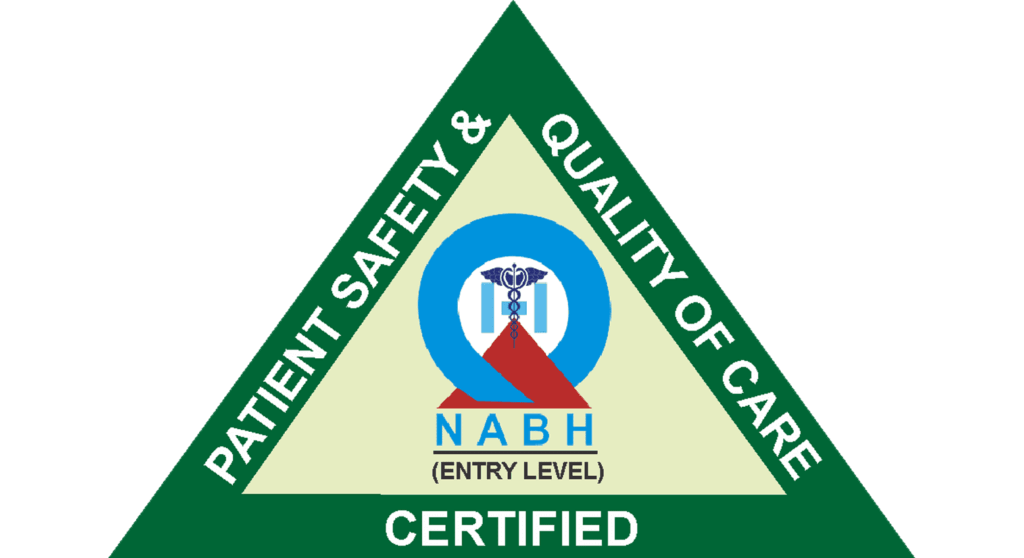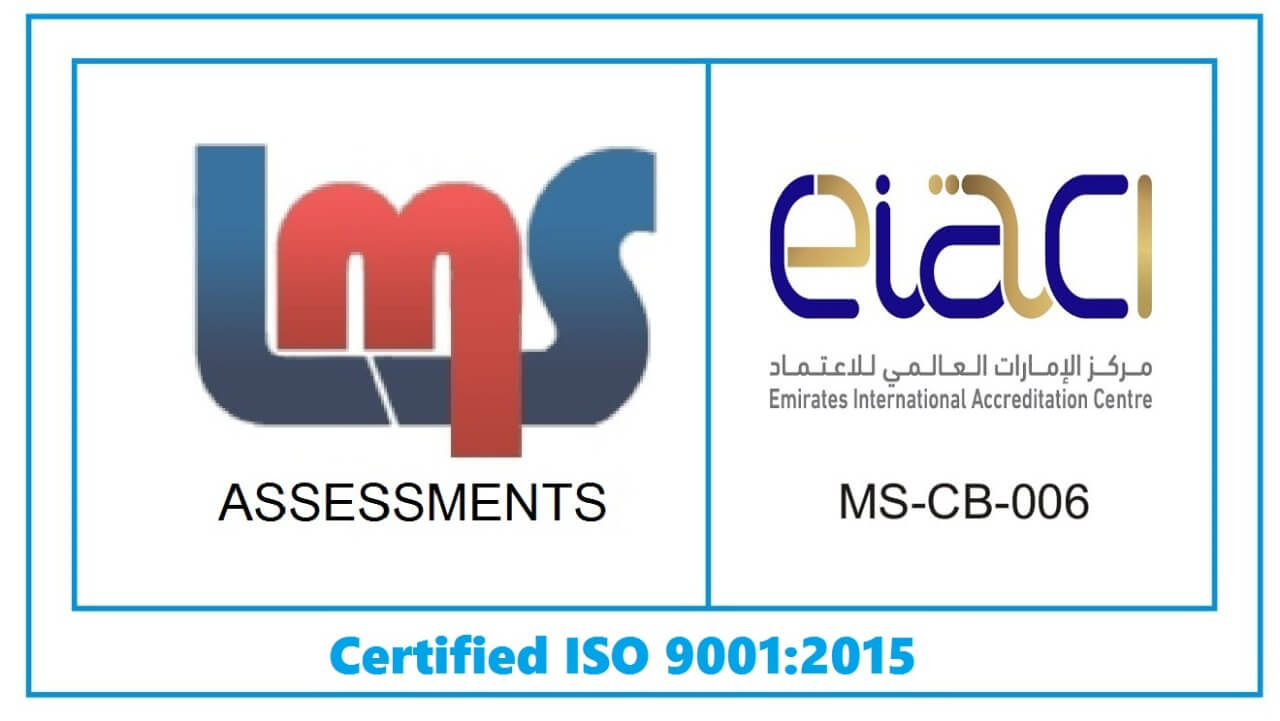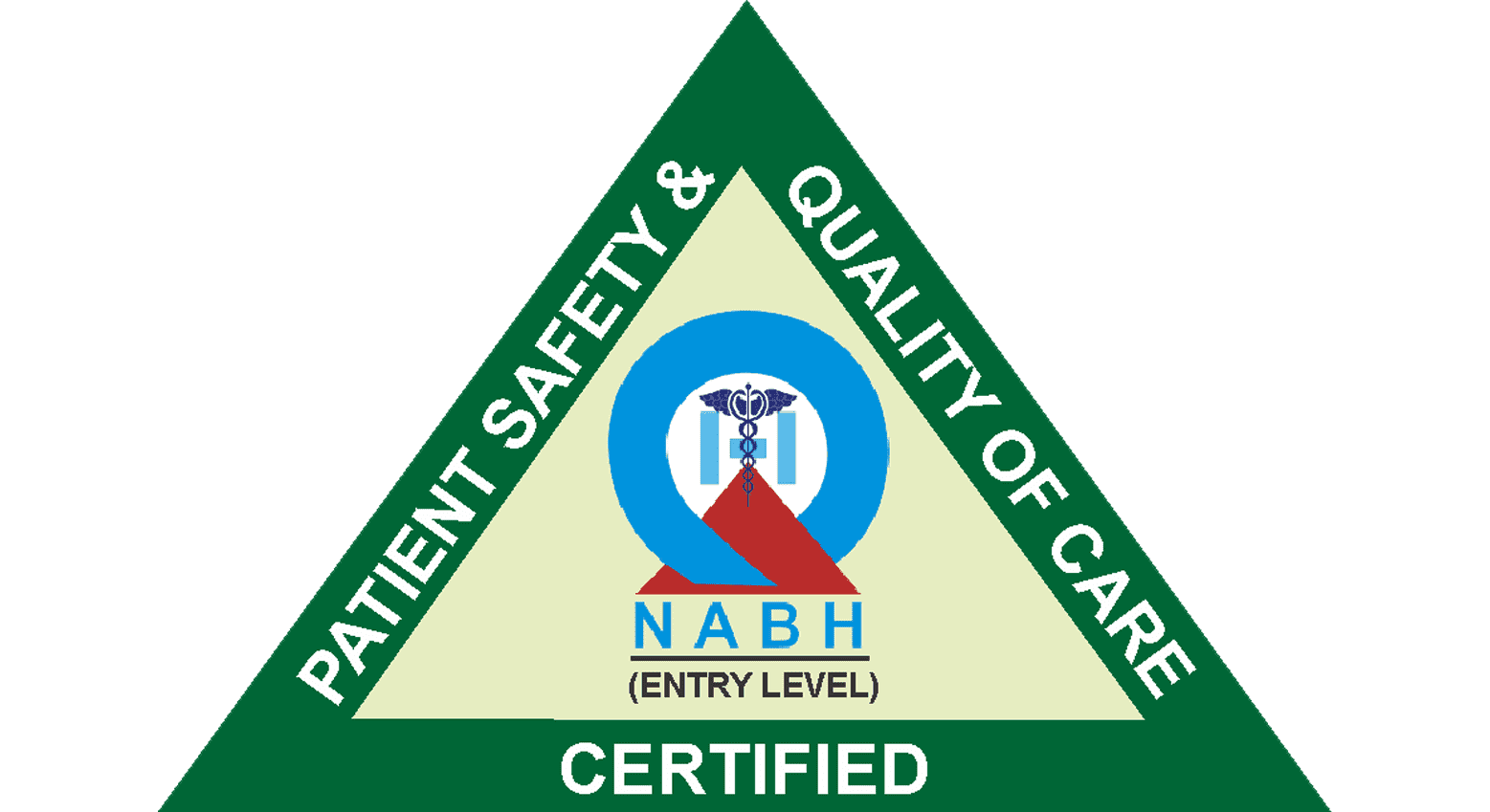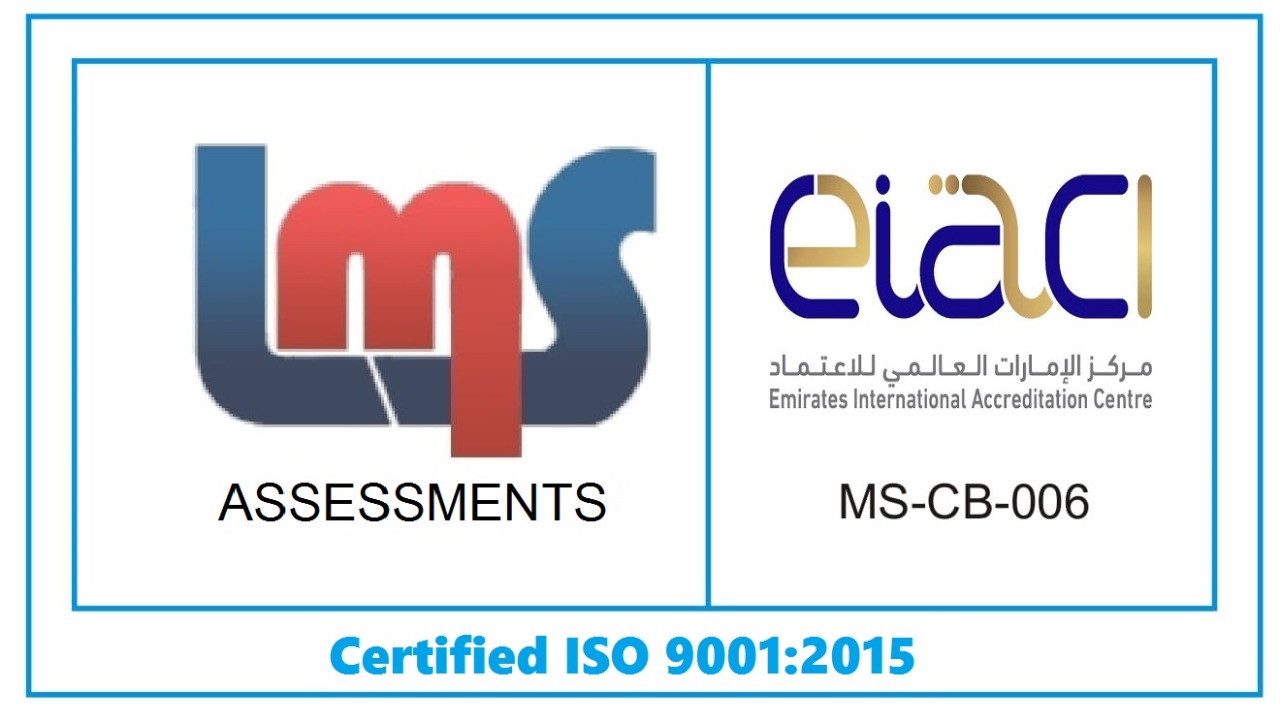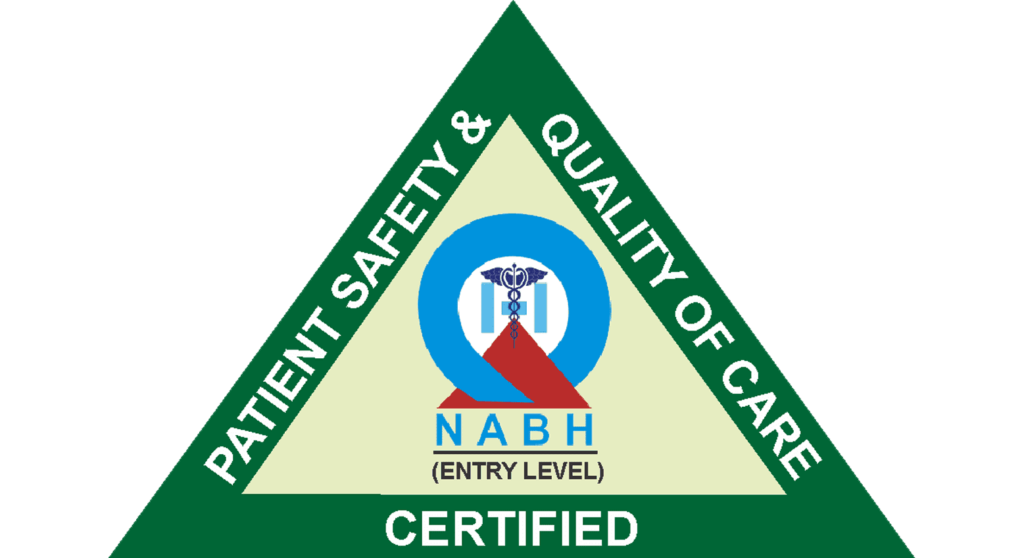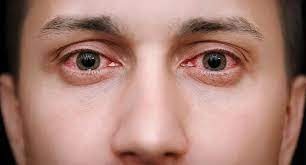Cataract Treatment in Vileparle and Santacruz
Cataract Diagnosis & Treatment

Top Eye Specialist in Mumbai
What is Dry Eye?
Dry Eyes is found to be a common condition among individuals who work consistently on digital devices. This causes a lack of moisture, strain on the eyes, and disturbed vision. This is a chronic condition that happens due to an insufficient supply of tears and/or the tears evaporate too quickly. The condition may worsen if left untreated and can cause further damage to vision such as eye infections and damage to the surface of the eyes. Find the top eye specialist in Mumbai at Sai Deep Eye Clinic
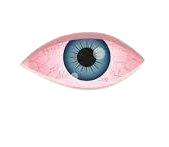
Computer Vision Syndrome
To identify a leading cause of dry eye, meticulous research has identified “Computer Vision Syndrome” characterized by symptoms such as irritation and a burning sensation in the eyes, tearing and dryness, tired eyes, and eye discomfort are closely associated with the condition.

Blinking regulates the tears that spread across our eyes to lubricate and provide nourishment to the eyes, keeping our vision clear. On average we blink about 16 to 18 times per minute, this rate of blinking is reduced by 50% with the constant use of a smartphone or a computer screen that keeps our eyesight fixated, which in turn increases the evaporation of tears that leads to dry and irritated eyes. That is also why there is increased attention given today to monitoring screen time in children and adults because it can have a concerning effect on the eye in terms of vision-related problems. Spending maximum hours day-to-day focusing on digital devices can elevate dry eye symptoms and even give rise to a closely linked condition called “blepharitis” which occurs when oil glands in the inner eyelid become inflamed affecting tear production and swelling of the eyelid, such severity requires medical care.
Computer Vision Syndrome
Research indicates that external symptoms of Computer Vision Syndrome such as irritated/burning eyes, tearing and dryness, tired eyes and eye discomfort are closely linked to dry eye. The use of digital devices is associated with a reduced rate of blinking and an increased rate of tear evaporation, each of which contributes to dry eyes. We normally blink about 16 to 18 times per minute, automatically. This blink rate decreases by half when our attention is focused on a computer monitor or smartphone. Blinking spreads tears across the front surface of the eye and this lubricates and nourishes the eyes, keeping them healthy and comfortable. When the blink rate goes down by 50%, the tears evaporate and the eye becomes dry and irritated. If you’re already struggling with an existing eye condition like blepharitis or dry eye, spending long hours staring at a digital screen can aggravate the symptoms.
Dry Eye Symptom Checker
- Foreign-body Sensation
- Burning
- Watery Eyes or Excessive
- Itching
- Redness
- Pain
- Sensitivity to light

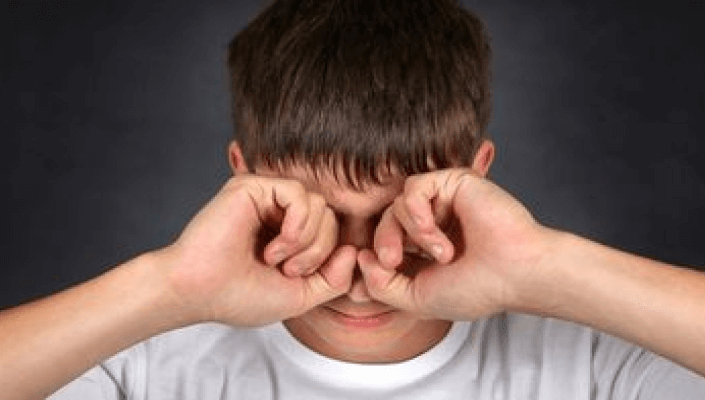
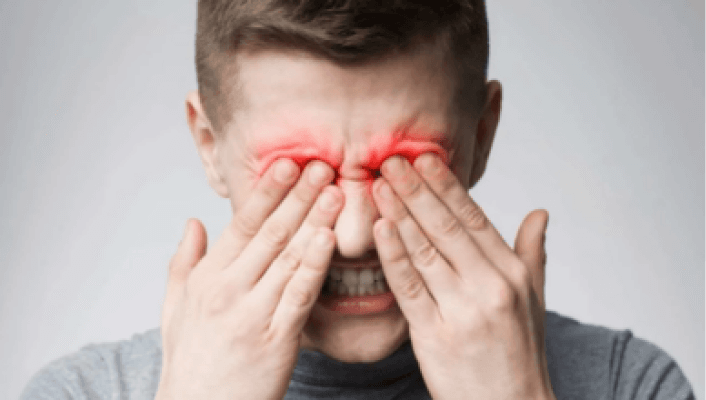

Dry Eye Symptom Checker
- Foreign-body Sensation
- Gritty Sensation
- Burning
- Watery Eyes or Excessive
- Itching
- Redness
- Pain
- Sensitivity to light

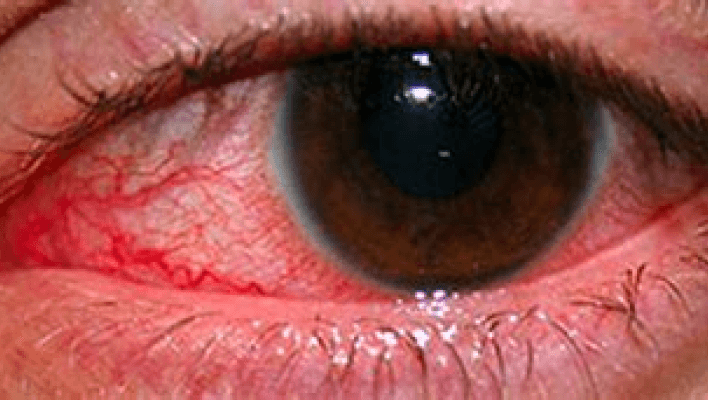





See Clear Dry Eye Clinic
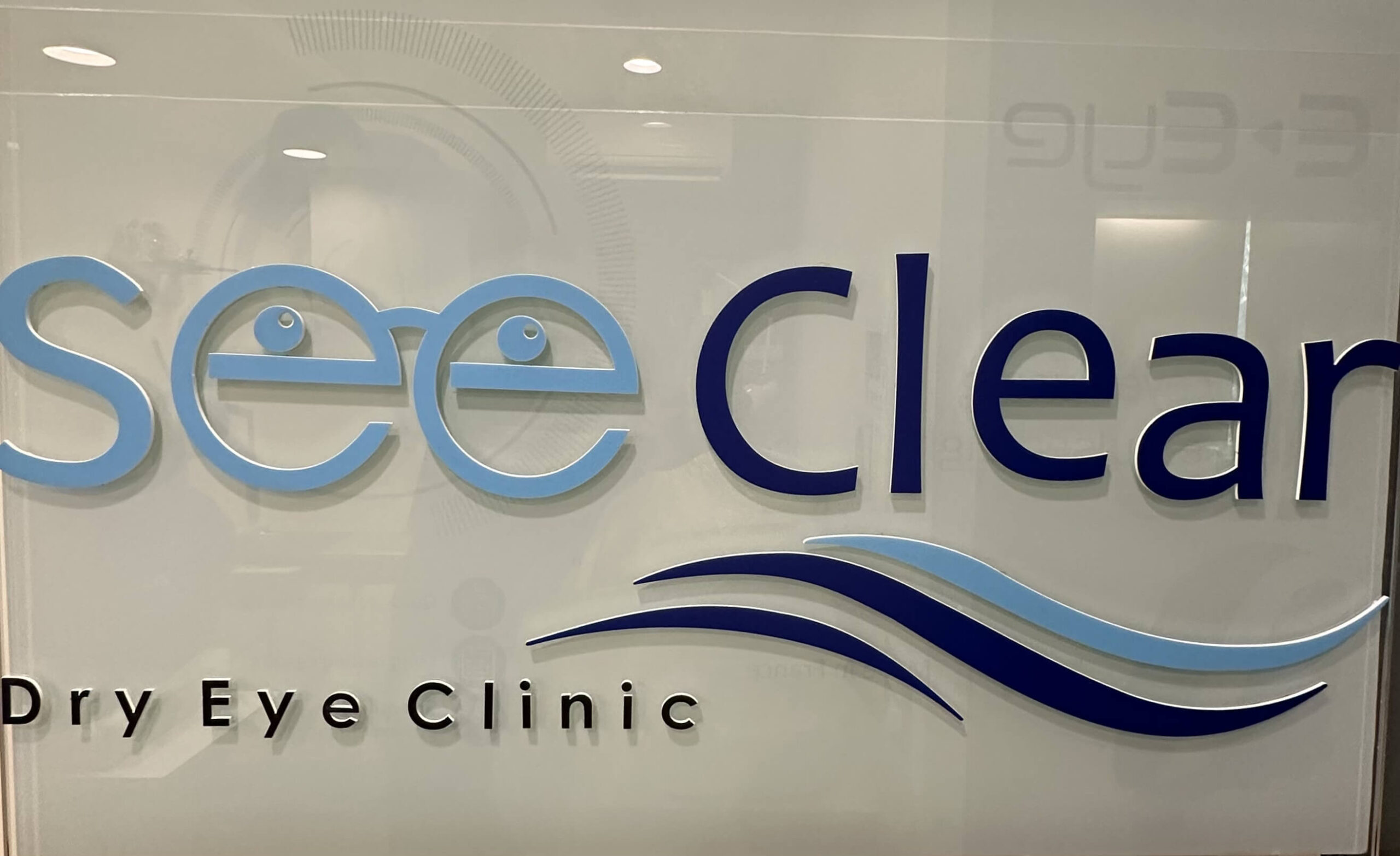
Are You Suffering From Dry Eye?
What Causes Dry Eye?
The aging process, exposure to dry or wet environments, as well as the consumption of specific drugs, may all contribute to dry eye. Dryness in the eyes can also be a result of enclosed space air conditioning and dry heating systems.
- Dry eyes can result from insufficient blinking, such as while staring at computer or TV screens for extended periods.
- A chronic disease such as rheumatoid arthritis, lupus, or Sjogren’s syndrome—which manifests as dry eyes, dry mouth, and rheumatoid arthritis—may be diagnosed by dry eyes.
- Dry eyes is a prevalent issue among long-term users of contact lens and is generally caused by prolonged lens wear. Because the contact lenses may rub
- on the conjunctiva, this could set off a vicious cycle whereby the discomfort from the lenses exacerbates the condition of dry eyes.
- Incomplete closure of the eyelids, eyelid disorders, and deficiencies in the glands that produce tears are further causes.
Diagnosis of Dry Eye

Schirmer Tear Test
It measures the quantity of tears produced in the eyes, particularly in the ocular region. A strip of filter paper is placed under the lower eyelid for a time period and the amount of wetting indicates tear production, lower production indicates dry eye.
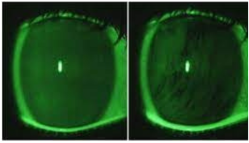
Tear Breakup Time
A specific dye used on the tear film measures the duration it takes your tears to evaporate on the surface of your eye. A short duration indicates a higher chance of dry eye.

Corneal Fluorescein Staining
To assess the well-being of the outermost layer of the eye’s transparent covering. To assess the integrity of the corneal surface, a fluorescein dye is applied to the eye’s surface. The damaged areas of the cornea will absorb more dye making them visible under a light.
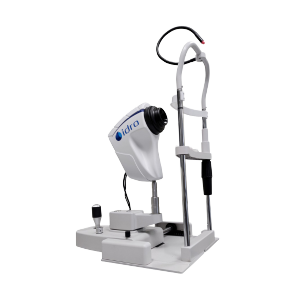
IDRA
The tear breakup time is a measure used to evaluate how quickly the tear film on the surface of the eye evaporates. This test helps assess the stability of the tear film, with a shorter tear breakup time indicating potential issues with tear film quality and the risk of dry eye discomfort.
- Meibography
- Auto-Interferometry
- Tear Meniscus Height
- N.I.B.U.T
Makes use of imaging equipment to capture high-resolution and detailed images of the meibomian glands and identify blockages. These glands produce an oily layer of the tear film (a fluid layer that covers the surface of the eye), which prevents the evaporation of tears.
A beam of light is projected on the eye’s fluid surface to measure the stability, thickness, and abnormalities. This will help in diagnosing dry eye conditions and treatments.
It measures the thin layer of tears at the intersection of the eyelid margin and the surface of the eye. This can be assessed with techniques such as slit-lamp and optical coherence tomography (OCT).
Analysis of the tear film break up time using non-invasive diagnostic tools like Placido disc ring technology. A patient is asked to blink and the changes in the tear film’s quality and stability are monitored and break up time is recorded.

Meibography
High definition image of your Meibomian Glands – like an Xray, to study the structure and function of the glands

Auto-Interferometry
Automatically calculates the lipid layer thickness for each individual eye blink.

Tear Meniscus Height
Detailed imagery of the height, shape and regularity of the tear film.

N.I.B.U.T
Automatic analysis of the Non-Invasive-Break-Up-Time using placido disc ring technology.
IDRA
IDRA is a technique that dissects the distinct elements of the tear film—lipid, aqueous, and mucin. This method is instrumental in conducting comprehensive structural investigations of these tear components, providing valuable insights for detailed research and understanding of tear film composition.

Meibography
Meibography assesses meibomian gland function in maintaining tear film balance, particularly for dry eye conditions, aiding understanding and management.

Auto-Interferometry
Auto-Interferometry, a cutting-edge tech, measures lipid layer thickness with each blink, providing insights on tear film stability, aiding in dry eye assessment, and management.
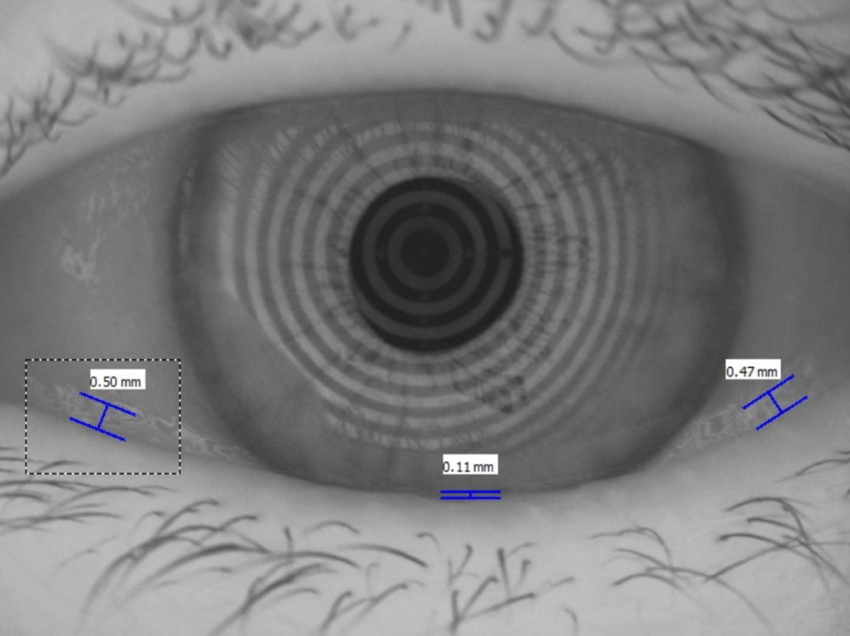
Tear Meniscus Height
Tear meniscus height provides detailed visuals of tear film’s height, shape, and consistency, essential for assessing and managing ocular conditions.

N.I.B.U.T
N.I.B.U.T automatically assesses Non-Invasive Break-Up Time using Placido disc rings, offering valuable insights for tear film stability, benefiting dry eye assessment and management.
Best Dry Eye Treatment in India
Ipl Dry Eye Treatment
Dry eye is a progressive condition and symptoms may worsen over time, they require swift intervention from the point you start experiencing vision issues. If left untreated, they may result in severe discomfort, increased risk of eye infections, and damage to
the eye’s surface. One may even need to exercise control over their surroundings which may be potential factors towards the development of dry eye, special attention to exposure to computer screens. Seeking professional care and guidance may be a better choice as well as undergoing a comprehensive eye assessment is needful. Search best dry eye treatment near me and you will find Sai Deep Eye Clinic, we provide ipl dry eye treatment at an affordable cost.
Treatment for Mild to Moderate Dry Eye:
- Take regular breaks to apply standard artificial tears
- Increase blinking frequency during extended computer use
- Be mindful of your computer use and increase your blinking frequency
- Applying warm compression through a cloth or a heating bag may help
- Maintain proper eyelid hygiene
- Include Omega-3 fatty acids in your daily diet
- Use a room humidifier
- Limit continuous exposure to heaters and air conditioners
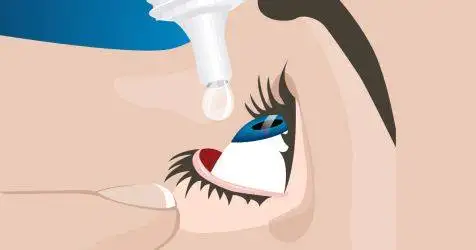
Treatment For Severe Case Of Dry Eye:

Thermal Pulsation
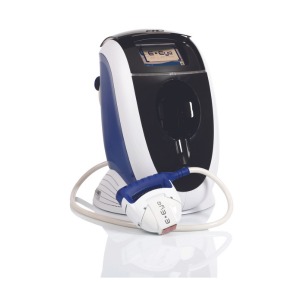
Intense Regulated Pulsed Light (IRPL)
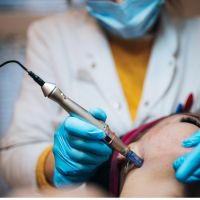
LidCure Micro Exfoliator
Dry Eye Doctors

Dr. Nitin
Balakrishnan

Dr. Nikhil Nitin Balakrishnan

Dr. Pavitra Patel Balakrishnan
Dry Eye Patient Reviews
I did my cataract surgery from sai deep
eye clinic for both eyes and it was very successful. I have got clear vision and I am very happy with the services.
Ermelinda P Fernandes
services are excellent and would truly recommend this clinic for eye related problems…
agnel paul
surgery. The staff is very helpful and co operative. Even the staff is very knowledgeable regarding the services they provide. More over the doctors Nitin and Nikhil are very humble and very best at what they do. Will definitely recommend my friends and family
Rinisha Smile
Frequently Asked Questions
Yes, a number of effective treatment alternatives are available for managing a dry eye condition. Maintaining adherence to treatment is vital for long-term management, especially in cases where symptoms improve.
Dry eye can develop in individuals at any age, but an increase in proneness comes with aging. Individuals who extensively use computers, live in dry climates, or wear contact lenses are at higher risk. It is found that post-menopausal women are more susceptible.
a) Dairy products – rich in minerals, vitamins, Zinc, and Vitamin A. b) Fish – abundant in Omega 3 fatty acids and Vitamin D. c) Nuts and legumes – high in vitamins, antioxidants, Vitamin E, and Omega 3 fatty acids. d) Seeds – Chia and flax seeds provide Omega 3 fatty acids. e) Water – essential for healthy tears, preventing dry eyes due to dehydration.
Yes, Hours of reading and screen time cause blinking to become less frequent, which speeds up the evaporation of tears. When engaging in these activities, using artificial tears helps reduce and ease the sensations of dry eyes.
Dry eye can be diagnosed by measuring tear production and assessing tear evaporation rate. Advanced measures include infrared imaging of the eyelid’s oil-producing glands is conducted.
Dry eye ailments can have a major disruptive effect on everyday activities like reading and driving as well as work efficiency if left untreated. Severe cases may result in irreversible loss of vision and permanent damage to the ocular surface.
Make use of artificial tears (drops or ointment), avoid the wind, smoke, and air conditioning, use a humidifier, keep your eyes well-rested, and be mindful to blink more frequently.
In fact, research indicates that prolonged exposure to digital screens, especially those employed for online work and schooling due to COVID-19, elevates the risk of developing Dry Eye Disease (DED) and can cause pain, eye strain, and a greater need for spectacles.

